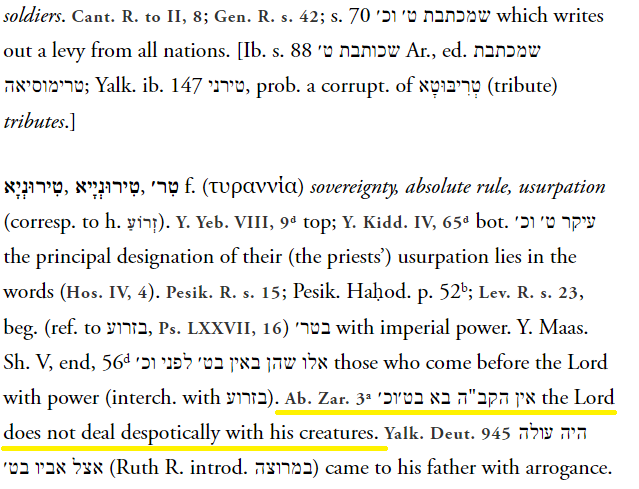הועתק מתוך מצע מפלגה בשם “הלב היהודי“:
“לא תרצח” – “חביב אדם שנברא בצלם” (אבות ג’ י”ד)
זכינו לשוב לארצנו. זכינו להקים מדינה וצבא – צה”ל שכולנו גאים בו. וזכינו גם להקים תעשייה צבאית שמטרתה לחמש את צה”ל. אך הסיסמה של התעשייה הצבאית הפכה להיות – “מכור ככל יכולתך”.
כלומר המטרה היא לא רק לחמש את צה”ל – אלא המטרה הפכה להיות למכור לכולם כשהמניע הבלעדי הוא בצע כסף. ומה רע בכך? הרי תעשיה צריכה לעשות רווחים. הרי, “צריך להתפרנס” – כלשון שופט העליון.
לא!! נחרץ ובלתי מתפשר. לא נתפרנס מסיוע צבאי למדינות שמבצעות רצח עם ו/או פשעים נגד האנושות ו/או הפרות חמורות של זכויות האדם .
כאשר מלך סדום רצה לתת מתנה לאברהם אבינו התשובה של אברהם הייתה: “אם מחוט ועד שרוך נעל ואם אקח מכל אשר לך ולא תאמר אני העשרתי את אברם” |
מלך סדום, מלך של תרבות גזל, אונס ורצח, לא יכול להעשיר את אברהם. ממשיכי דרכו, כמו נשיא דרום סודן שכוחותיו רצחו 382,000 ודומים לו, לא יכולים להעשיר את ישראל .
אלה כספים טמאים הספוגים בדם תינוקות והם אסורים בהנאה. עדיף לנו להרוויח פחות ולדעת שאנחנו לא מתפרנסים מזריעת סבל וגהינום אצל מיעוטים בעולם.
קו אדום: לא מוכרים נשק ואמצעי לחימה למי שלא מפנים מה זה ‘טוהר הנשק’.
בשנות ה70 – חימשנו את ארגנטינה וצ’ילה – המיליציות רצחו 30,000 אנשי אופוזיציה עם נשק שלנו. מתוכם 3,000 יהודים. ולא קמה זעקה.
ואז בגואטמלה בשנות ה80 – נרצחו 200,000.
ואז ברואנדה בשנות ה 90 בעזרת נשק צרפתי, נשק ישראלי ונשקים נוספים 800,000 נרצחו.
לפני כמה חודשים, נשיא צרפת, עמנואל מקרון, הורה על הקמת ועדת חקירה שתבדוק איך צרפת חימשה את רואנדה.
25 שנה עברו מהטבח והנשיא מקרון מתחיל תהליך של חשבון נפש. צרפת אינה מושלמת ויש לה עדיין מעורבות בתימן ובמקומות נוספים – אך הם לא מעלימים את כל פשעיהם. הם מאפשרים לעם הצרפתי חשבון נפש. אצלנו בית המשפט העליון נענה לבקשת הפרקליטות ומורה על איסור פרסום על הסיוע הצבאי שלנו לרואנדה באותם שנים בטענה – “זכות הציבור לדעת אינה גוברת על האינטרסים המדיניים של מדינת ישראל” ואז בשנות ה2000 בסרי לנקה 50,000 נרצחו. ובשנים האחרונות בדרום סודן – 382,000 נרצחו ושני מיליון הפכו לפליטים. וכולם שותקים; הרבנים, האקדמיה, המערכת המשפטית, המערכת התקשורתית והמערכת הפוליטית.
…
לפני כמעט שנה אותה מחלקה במשרד האוצר האמריקאי פרסם דו”ח אחר. הפעם הדו”ח מציין אלוף לשעבר בצה”ל שהעניק אמצעי לחימה לכוחות הרצחניים בדרום סודן. תזכורת: 382,000 נרצחו שם גם באמצעות הנשק שלנו. רשויות ארה”ב הפעילו סנקציות על הנכסים שלו, ובארץ – שקט מוחלט. אותו אלוף קיבל כנראה אישורים לעסקאות ממדינת ישראל. בין אם מכר נשק, ובין אם לפי טענתו הוא “רק” תיווך בין התעשיה הצבאית שלנו לכוחות הרצחניים, דרושה חקירה יסודית.
איך ייתכן שאנחנו מתכחשים לרגשות של הנרצחים?!
…
כאשר אנחנו מחמשים את דרום סודן (והם רוצחים 382,000 נשים, ילדים וגברים חפים מפשע), משהו רע קורה לנו. שכבת אבן של אדישות משתלטת עלינו: הסובלים הופכים לזרים, רק זרים, אך זר – אכזר. ואנחנו שוכחים איך להבחין בין טוב לרע. הפקרות ערכית מובילה להפקרות ביטחונית.
ע”כ העתקתי.
יש להעיר שבמקום לדבר על דגים קטנים, ראש וראשון חובה לעצור כל שיתוף פעולה עם האמפריה המרושעת הארורה של ארה”ב.

